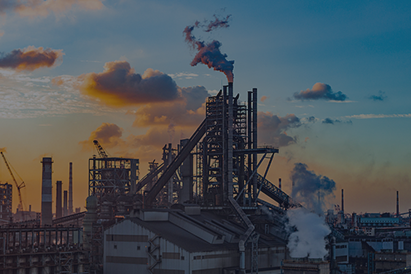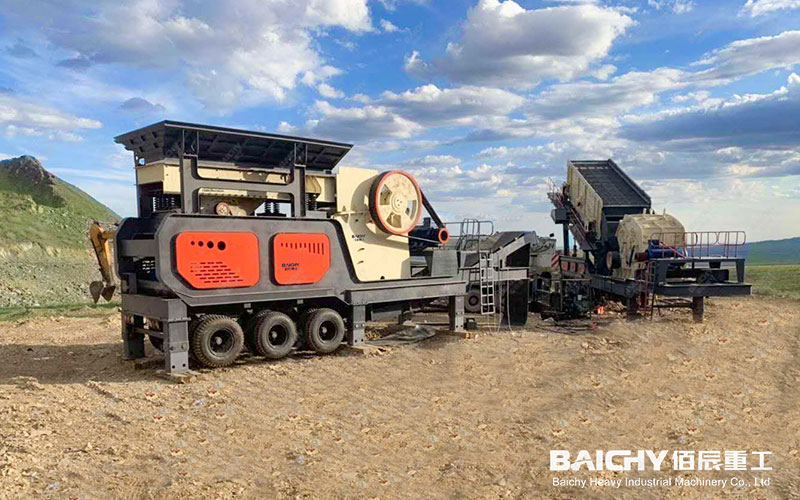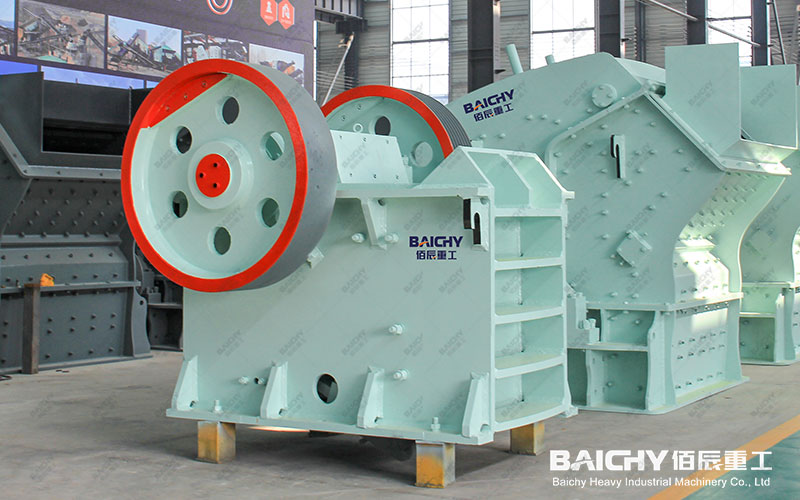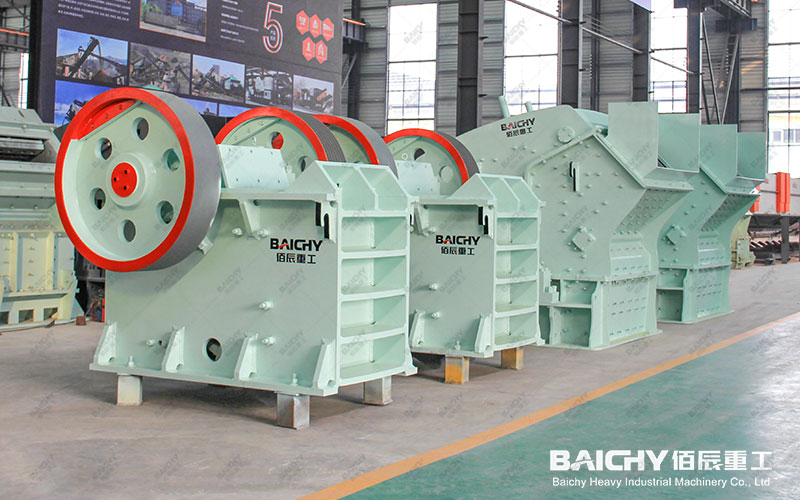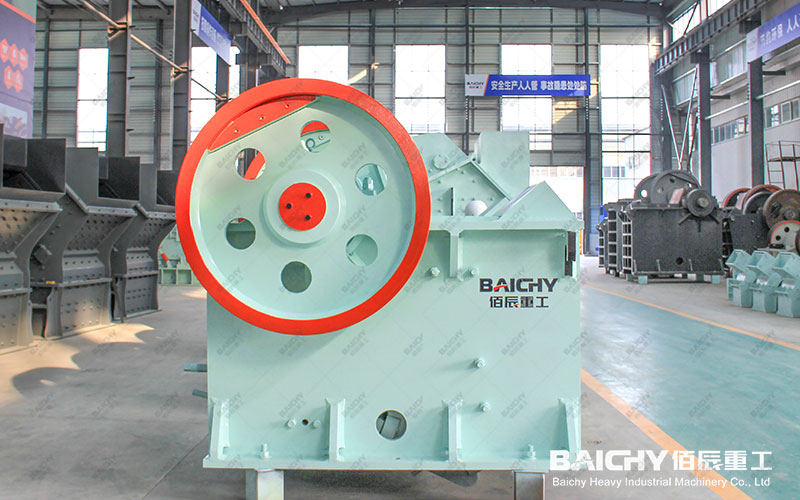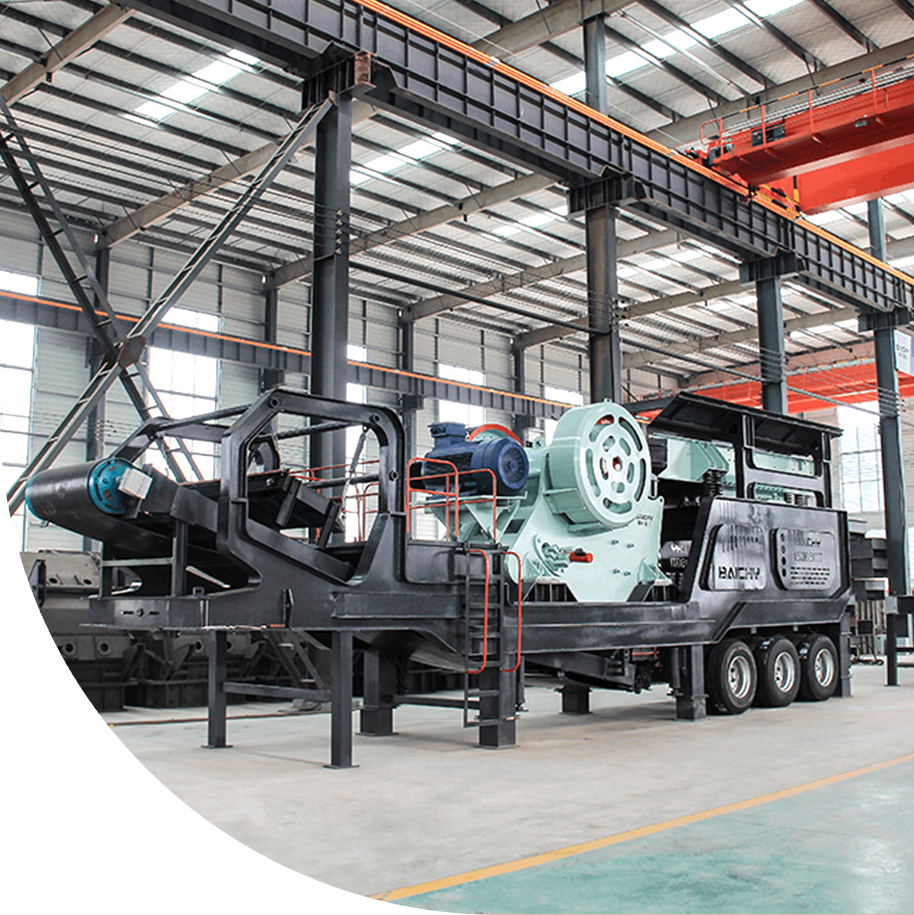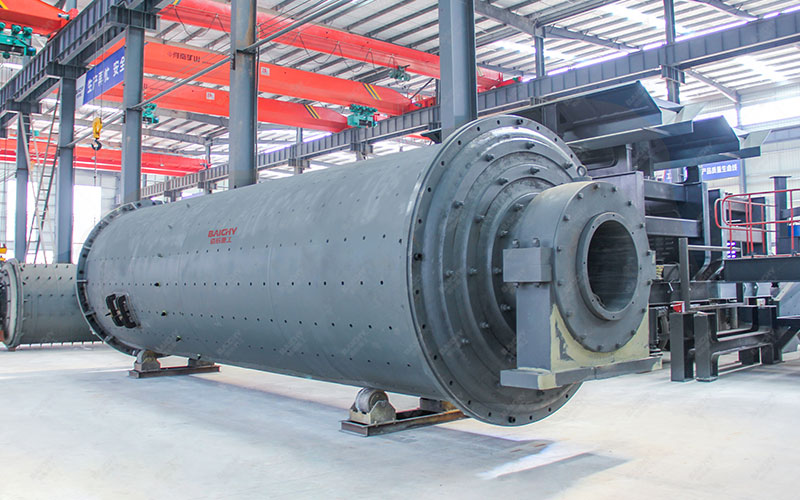
How to choose a suitable ball mill model? 5 key factors and selection guide
Ball mills are key equipment in mining, building materials, chemical and other industries, used for material grinding and crushing. However, facing many models on the market, how to choose the ball mill that best suits your needs? This article will provide you with a scientific selection guide from 5 core dimensions: material characteristics, production capacity requirements, dry and wet processes, equipment parameters, and budget costs, to help you make efficient decisions!
Classification and applicable scenarios of ball mill models
1. Classification by grinding method
Wet ball mill: suitable for high-humidity materials (such as slurry, ceramic raw materials), finer grinding, but higher energy consumption.
Dry ball mill: suitable for dry materials (such as cement, coal powder), simple structure, low maintenance cost.
2. Classification by structure
Grid ball mill: fast discharge, suitable for coarse grinding, often used in ore dressing plants.
Overflow ball mill: finer grinding, suitable for fine grinding operations (such as chemical and ceramic industries). 3. Classification by scale
Small laboratory ball mill (0.5-100L): used for scientific research and sample preparation.
Medium-sized industrial ball mill (1-50 tons/hour): commonly used in small and medium-sized production lines.
Large ball mill (more than 50 tons/hour): used for large-scale production, such as cement plants and mineral processing plants.
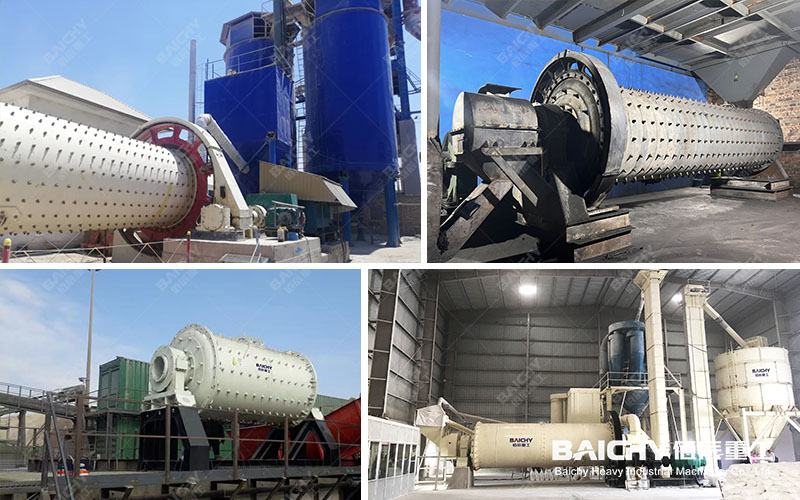
Five key factors affecting ball mill selection
1. Material properties
Hardness: High-hardness materials (such as quartz) require high-wear-resistant lining + high-power motor.
Particle size requirements: Fine grinding (<0.074mm) requires a ball mill with a larger aspect ratio.
Humidity: Wet ball mills are suitable for materials with a moisture content of >15%.
2. Capacity demand
Calculation formula:
Q=0.2×V×n×ϕ×δ
(Q=processing capacity, V=cylinder volume, n=speed, φ=filling rate, δ=material density)
Reference standards:
• Small ball mill (1-5 tons/hour)
• Medium ball mill (5-30 tons/hour)
• Large ball mill (30 tons/hour or more)
3. Dry vs. wet process
| Comparison items | Dry ball mill | Wet ball mill |
| Applicable materials | Dry powder (cement, coal powder) | Slurry (ore slurry, ceramic mud) |
| Energy consumption | Lower | Higher (additional dehydration required) |
| Maintenance cost | Low | Higher (easy to corrode) |
4. Key parameters of equipment
• Cylinder speed: affects grinding efficiency, usually 65%-80% of the critical speed
• Motor power: Select according to material hardness and production capacity (such as 10-1000kW).
• Liner material: high manganese steel (wear-resistant), rubber (noise reduction), etc.
5. Budget and return on investment
• Initial cost: small ball mill (50,000-200,000 yuan), large ball mill (500,000-5 million yuan).
• Operating cost: power consumption, liner replacement frequency, maintenance cost.
• Energy-saving model: frequency conversion control ball mill can reduce energy consumption by 10%-20%.
Industry application case reference
1. Mining beneficiation
• Recommended model: MQG series wet grid ball mill (processing capacity 10-100 tons/hour).
• Key parameters: cylinder diameter 2.1-3.6m, motor power 400-1000kW.
2. Cement production
• Recommended model: Φ3.2×13m dry ball mill (capacity 50-80 tons/hour).
• Optimization suggestion: Use a high-efficiency powder selector to improve fineness.
3. Chemical/ceramic industry
• Recommended model: Small overflow ball mill (0.5-5 tons/hour).
• Special requirements: Anti-corrosion lining (such as polyurethane) is required.
FAQs on selection
Q: How to determine whether the ball mill is overloaded?
A: Observe current fluctuations, abnormal noise, or monitor whether the discharge particle size becomes coarser.
Q: What does "MQG" in the ball mill model stan
A: M=mill, Q=light, G=grid type (such as MQG2736 means 2.7m diameter×3.6m length).
Q: Is an energy-saving ball mill worth investing in?
A: If it is operated for a long time, the energy-saving model can save 10%-30% of electricity and pay back in 1-2 years.
Summary and action suggestions
Selection steps:
• Clarify the material characteristics (hardness, moisture, particle size).
• Calculate the required production capacity (tons/
• Select dry/wet process.
• Compare equipment parameters (speed, power, liner).
• Comprehensive budget and long-term cost.
Need professional selection support? Welcome to contact our engineers for free 1-on-1 selection plan + quotation comparison!
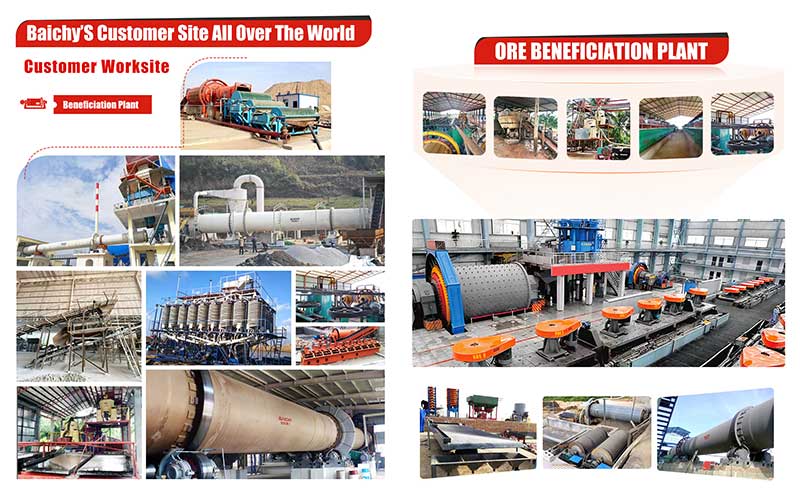
Further reading:
How To Reduce The Energy Consumption Of Ball Mill? 5 Practical Energy-Saving Tips
How To Improve Ball Mill Efficiency? 5 Practical Tips



